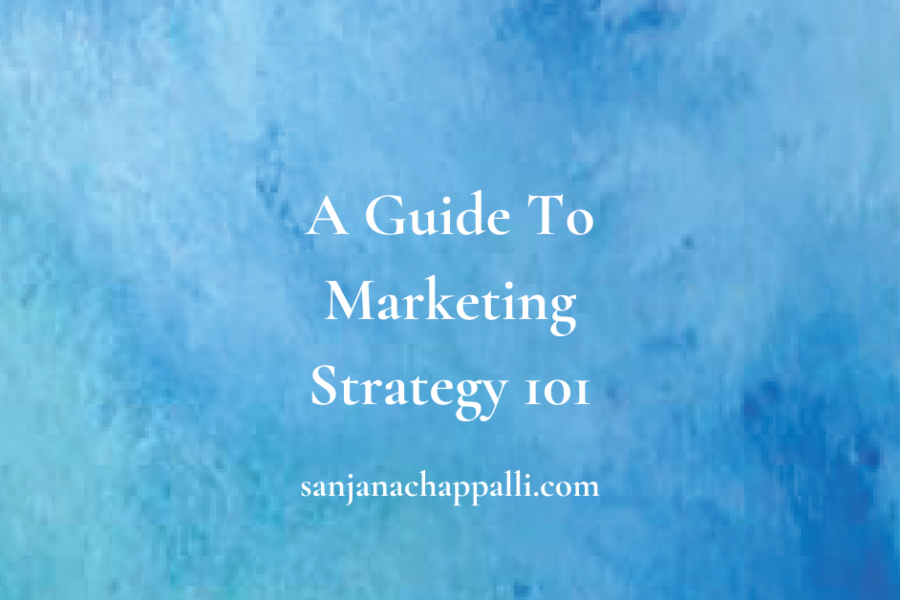In 2014, the region rushed to catch up with the West. Now it’s time to take stock.
When we walked into 2014, the enthusiasm for social-media marketing was immense.
Across boardrooms in Southeast Asia, communication and marketing professionals decided to “do” Facebook. Or Twitter. Or LinkedIn, YouTube or Instagram. The choice of platforms was entirely dependent on age, experience, appetite for change and, to a lesser extent, the brand industry. Before marketing and communication strategies were drawn up, digital marketers and brand managers had sketched social-media marketing into the mix.
In the surge of activity that followed, brand Facebook pages and Twitter accounts were activated—many blindly mirroring the corporate accounts in the US or UK. There were of course exceptions. We did hear of certain brands investing heavily in content creation and social media command centers to ensure that engagement through content matched the communities’ speed of response.
As the year draws to a close, we need to review our enthusiasm and take a closer look at the marketing dollars that were spent on social-media platforms (platforms not channels, since social media as such is a communication channel). And we need to look back at key developments on the popular platforms themselves. Why do we need to do this? Only because evaluating our experience across this frenzied year of social media marketing will ensure that we find the relevant track for our brands in our region in 2015.
Without a doubt, from a brand adoption and user statistics perspective, Facebook, Twitter, LinkedIn, YouTube and Instagram topped the list of the most popular social media platforms in Southeast Asia. I will limit this review of key developments to Facebook, Twitter and LinkedIn here, even though YouTube (not too many significant changes in 2014 from a marketers’ perspective) and Instagram (Bangkok was just announced as the fourth most popular geotagged location worldwide) are immensely popular in Southeast Asia.
Brands were finally able to move away from ads that hugged the right panel and into the centerfold in 2014. My picks for the most relevant developments are:
- Paid reach: While Facebook introduced promoted posts back in 2012, in April 2014, it introduced significant changes to its algorithms, requiring brands to pay to ensure that their posts reached their fans and beyond.
- CTA buttons: This was a very subtle change that allowed brands to add CTA buttons that were relevant to them. Rather than redirect fans to the brand website to shop, book or sign up, Facebook allowed brands to add these to their ads and organic posts, raising content-engagement rates significantly.
- Video ads: In recognition of the importance of video content, Facebook enabled brands to run video ads on users’ news feeds. Overall, in 2014, the costs of advertising on Facebook rose by about 7 per cent year on year (as of November)—but then so did the ROI for brands.
- In my book, from a marketers’ perspective, there were really two significant changes that Twitter introduced in 2014.
- Self-service ad platform: In November, Twitter added Singapore, Australia and Japan to its list of countries that could access its self-service ad platforms. This inclusion alone made a difference for small and medium businesses in the region.
- Analytics: Twitter’s inbuilt analytics dashboard was introduced in early 2014 – allowing marketers’ to understand the reach (and hence relevance) of the content they were posting on Twitter. It gave marketers’ the crucial advantage in establishing ROI.
Marking a significant departure from a professional recruitment focused social media platform, in 2014, LinkedIn grew to claim its importance on the social media marketing mix.
- Pulse: LinkedIn’s content publishing area threw open its publishing gates in 2014 – inviting brands and brand evangelists to post. While LinkedIn influencers continue to post content, the platform now is fair game for anyone with relevant content—news and insights—to attract followers and lead conversations.
What do these developments really mean?
From a social media marketing perspective, these developments across platforms have a common thread. Linking Facebook’s video ads and CTA buttons, Twitter’s analytics dashboard and LinkedIn’s publishing platform, is the need for a comprehensive content strategy.
In 2014, while content marketing emerged as a buzzword, a comprehensive content strategy that allowed brands to plan for content specific to platforms, brand marketing goals, audiences and region remained elusive in Southeast Asia. We saw very few instances of brands successfully grasping the fact that at the heart of any social media marketing strategy is a strong content plan.
Just as much as a social-media strategy isn’t about activating a Facebook brand page, a content plan isn’t about the right tone and voice to adopt while posting on Facebook or composing tweets. Neither is it about how many Facebook posts or tweets a brand needs to publish on a daily basis.
Onwards then
If I were to pick the way forward for 2015, I’d go with these three:
- Content, content, content: From a brand perspective, social-media platforms are all borrowed vehicles. Irrespective of what innovations these platforms introduce in 2015, the fact is that brands without a comprehensive content strategy plan are going to fall short of marketing goals. And a content strategy plan starts with asking the most basic questions including if a Facebook page or a Twitter account is at all relevant. If brands consistently published relevant content, would the audience not follow ads showcasing the content to the brands’ own vehicles, ie, blogs? My bets are on answering that in the affirmative.
- Content curation: There is a ton of content that is being published—across social media platforms, blogs, news sites—every minute. So much content, that as consumers, we now depend on smart algorithms or people to curate the content that is most relevant to us. Brands that are able to do this for their customers are going to win their attention, loyalty and gratitude.
- Content analytics: Marketing plans are built around numbers that demonstrate value for every dollar spent. As brands begin to question the dollars that go into advertising or engaging communities on social-media platforms, as marketers’ we will have to create and deploy integrated analytics frameworks. A framework that links social-media engagements and CTRs with CRMs and enables experience personalization for customers.
This is a wishlist as much as it is a prediction for the way forward in 2015. And irrespective of how far brands in Southeast Asia go towards adopting successful content marketing strategies, one thing is certain. The days when we heard brands wanting to “do” social media are over.
Sanjana Chappalli, a content strategist at heart, is head of planning at Grey Digital, Southeast Asia
Read more at: https://www.campaignasia.com/article/lets-do-social-in-southeast-asia-or-maybe-not/392865 (Subscribers only)


